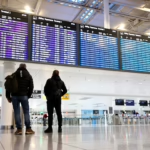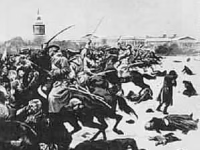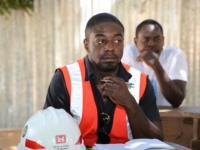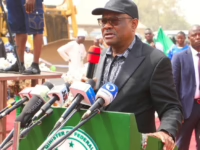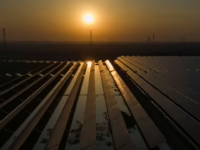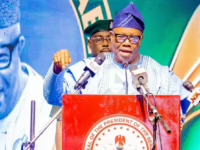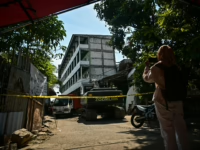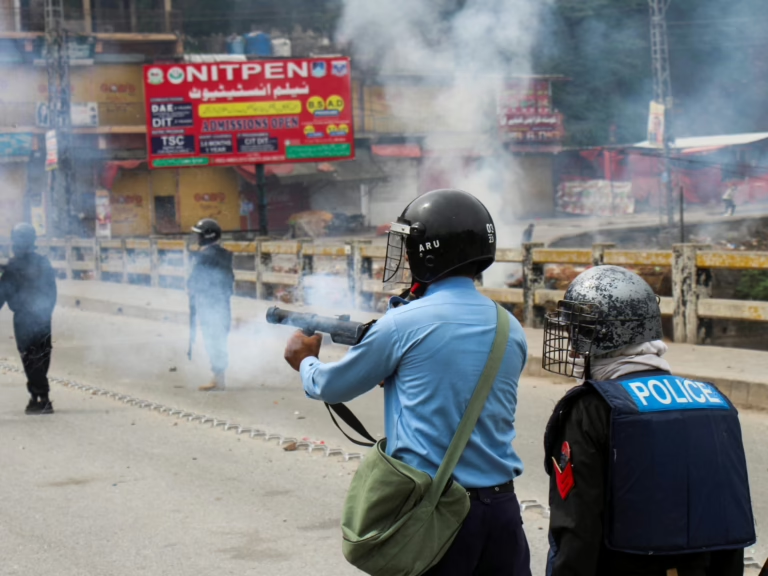Islamabad, Pakistan – A tense stillness envelops Pakistan-administered Kashmir as the region enters its fourth consecutive day of a total shutdown on Thursday. The unrest has resulted in the deaths of at least 15 individuals, including three police personnel, amid fierce confrontations between demonstrators and security forces.
Numerous others have sustained injuries on both sides as the impasse persists.
In response, the federal government has sent a delegation to Muzaffarabad, the capital of the territory, to engage in critical discussions with the Jammu Kashmir Joint Awami Action Committee (JAAC). This coalition, representing traders and civil society groups, has become the primary voice of widespread dissatisfaction throughout the region.
Under the leadership of activist Shaukat Nawaz Mir, the JAAC initiated the shutdown on September 29, effectively halting activities across multiple districts of Azad Jammu and Kashmir (AJK), the local name for Pakistan-administered Kashmir.
Meanwhile, authorities have enforced a stringent communications blackout, severing mobile and internet connectivity since September 28, leaving residents isolated.
Muzaffarabad’s normally vibrant marketplaces remain closed, with street vendors and public transportation absent, plunging the area’s approximately four million inhabitants into uncertainty.
The government issued a statement asserting efforts to restore stability and cautioned citizens against misinformation and “fabricated news” spreading on social media, which officials claim serve a “particular agenda.”
This JAAC-led movement, the third significant uprising in two years, emerged after the government declined to meet the committee’s 38-point demand list, according to JAAC leaders.
The current turmoil represents the latest chapter in an ongoing two-year struggle between the local administration of Pakistan-administered Kashmir and a grassroots movement that has repeatedly demonstrated its influence on the streets.
Origins of the Protests
The Kashmir region, a stunning yet highly disputed area in the Himalayas, has been the battleground for multiple wars between Pakistan and India since their independence from British rule in 1947. Both countries govern parts of Kashmir, with China controlling two northern segments. India claims the entire region, while Pakistan asserts control over all except the Chinese-administered areas.
With a population surpassing four million as per the 2017 census, Pakistan-administered Kashmir functions under a semi-autonomous framework, featuring its own prime minister and legislative body.
The unrest traces back to May 2023, when locals protested soaring electricity costs. Concurrently, allegations surfaced regarding rampant flour smuggling and severe shortages of subsidized wheat.
By August 2023, these grievances had unified into a coordinated resistance. In September, hundreds of activists convened in Muzaffarabad to establish the JAAC, uniting representatives from all districts.
The movement’s first major confrontation occurred in May 2024, when demonstrators embarked on a march toward Muzaffarabad. The ensuing clashes led to at least five fatalities, including a police officer.
Violence subsided only after Pakistan’s Prime Minister Shehbaz Sharif consented to reduce flour prices and electricity tariffs, with the government allocating substantial subsidies to ease the burden.
However, this fragile peace unraveled by August 2025, when the JAAC announced a renewed lockdown, expanding its demands beyond economic issues.
Reasons Behind the Protesters’ Discontent and Their Demands
The JAAC’s latest manifesto includes 38 specific demands, ranging from free education and healthcare to ambitious infrastructure projects and reforms in the provincial legislative system.
Foremost among these is the call to eliminate what the JAAC describes as “privileges enjoyed by the ruling elite,” a recurring theme in their previous demands.
Following the May 2024 protests, the government reportedly agreed to establish a judicial commission to examine these privileges, which include perks such as two official vehicles, personal staff including security personnel, and unlimited fuel allowances for senior officials.
A newly introduced demand involves abolishing the 12 legislative seats reserved for refugees in the autonomous region’s assembly. The JAAC argues that refugees and their descendants-who migrated from Indian-administered Kashmir after the 1947 partition-have become a dominant political faction monopolizing development resources.
The committee also insists on dropping legal charges against activists arrested during the 2023 and 2024 protests.
Additional demands include tax relief measures and enhanced job opportunities.
Infrastructure development is a key focus, with calls for new tunnels and bridges to better connect the mountainous territory to Pakistan, as well as the establishment of an international airport.
Muzaffarabad’s existing airport has been nonfunctional for years, though in April 2025, Prime Minister Sharif formed a committee to revive it and explore the feasibility of a new airport in Mirpur, the region’s second-largest city.
Government’s Approach to the Crisis
The local authorities have imposed a total communications blackout and indefinitely closed educational institutions.
They have also deployed paramilitary units and reinforced police forces from other parts of Pakistan, a move criticized by the JAAC.
JAAC leader Shaukat Nawaz Mir expressed opposition to the paramilitary deployment, stating that the presence of local police should suffice.
Abdul Majid Khan, the finance minister of Pakistan-administered Kashmir, confirmed that while initial negotiations took place, a new delegation has arrived in Muzaffarabad to specifically address the protesters’ concerns.
“When the protests began last year, they focused on electricity and flour prices, and we agreed to those demands. However, change takes time,” Khan remarked, defending the government’s stance.
He acknowledged that although most of the JAAC’s 38 demands have been accepted, talks have stalled over two contentious issues: the removal of refugee-reserved seats and the abolition of elite privileges.
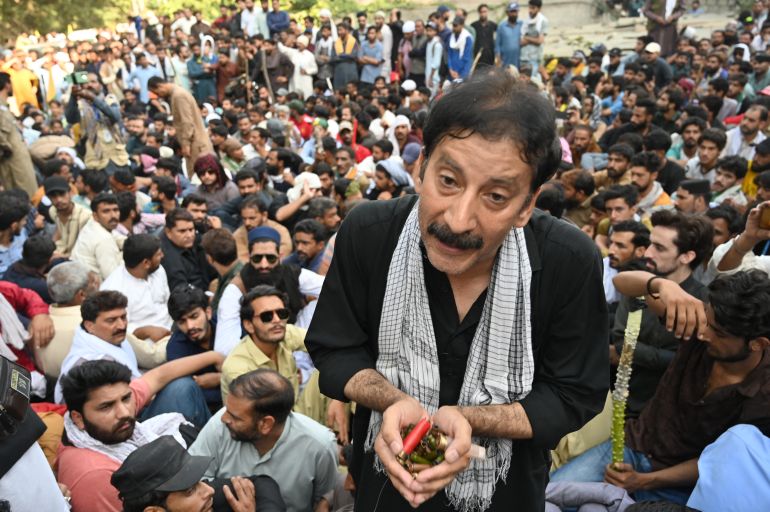
Khan challenged the rationale behind scrapping the refugee-reserved seats, emphasizing the hardships faced by families who migrated from India during partition.
“These families left behind wealth and status, arriving in Pakistan impoverished. JAAC’s stance that these seats are unfair overlooks their sacrifices. If they are denied these rights, why would they have endured such hardship?” Khan questioned.
Khan himself is among the estimated 2.7 million residents descended from migrants from Indian-administered Kashmir.
He also questioned the justification for renewed protests, given that many previous demands were met. He noted that some issues require federal funding from Islamabad.
“Taxation here is minimal, with electricity tariffs already reduced. There are fewer than 5,000 tax filers in the entire region, indicating limited revenue for the government,” he explained.
What Lies Ahead?
Thursday’s talks between government officials and JAAC representatives ended without agreement, with further discussions scheduled for Friday.
While both parties express a willingness to negotiate, deep-seated mistrust lingers after repeated cycles of unmet promises.
The government insists it has fulfilled most demands and emphasizes that constitutional and electoral reforms require legislative procedures that cannot be expedited.
Khan indicated that once substantive progress is achieved, internet and mobile services will be restored promptly, which were suspended due to the volatile situation.
“With the negotiation team present in Muzaffarabad, I am optimistic that this deadlock will be resolved and normalcy will return soon,” Khan concluded.



